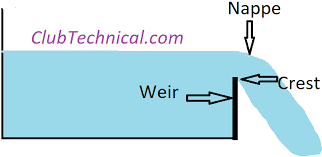Heron’s Formula for calculating the area for irregular shapes
History of Heron’s Formula
Hero of Alexandria was a great
mathematician who derived the formula for the calculation of the area of a
triangle using the length of all three sides.
He also
extended this idea to find the area of quadrilateral and also higher-order
polygons.
According to Heron, we can find the area of
any given triangle, whether it is a scalene, isosceles or equilateral, by using
the formula, provided the sides of the triangle.
Suppose, a triangle ABC, whose sides are a, b
and c, respectively. Thus, the area of a triangle can be given by;
When do we use Heron’s formula
Heron’s formula is used to find the area of a
triangle when all its three side-lengths are known to us
How to Find the Area Using
Heron’s Formula
To find the area of a triangle using Heron’s
formula, we have to follow two steps:
- Find the perimeter of the given
triangle
- Then, find the value of the
semi-perimeter of the given triangle; S = (a+b+c)/2
- Now use Heron’s formula to find
the area of a triangle (√(s(s – a)(s – b)(s – c)))
- Finally, represent the area
with the accurate square units (such as m2, cm2, in2,
etc.)
Sample video link for calculating
the area of irregular shape is given below:
https://youtu.be/ItITc0tQjkk




Comments
Post a Comment